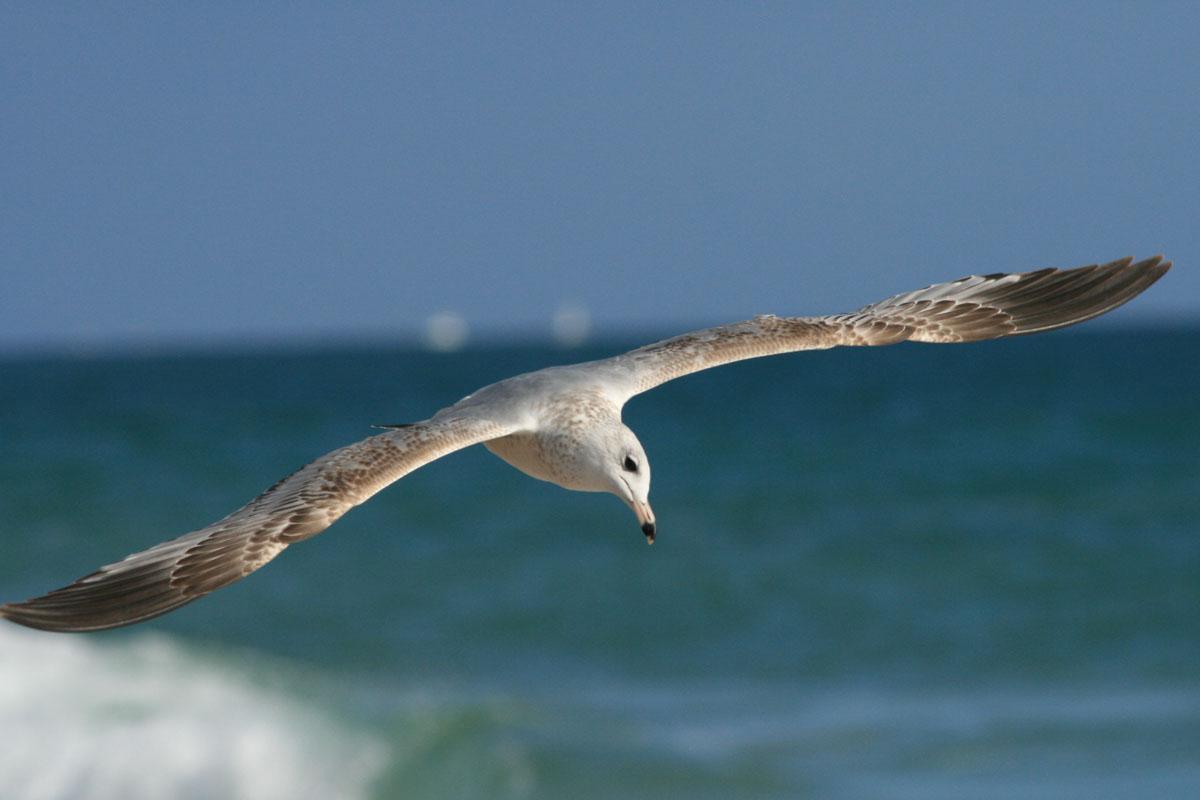Anyone who's been on a beach has encountered gulls, usually in large numbers. If gulls makes you cringe, you're not alone. They aren't exactly the most popular of creatures; they're loud, aggressive and notorious thieves of boardwalk snacks.
But it’s a tough world out there, so really, what’s a gull to do? With over a hundred species of these birds around the world, gulls—often called seagulls, even though many species never actually visit the sea—scavenge for their dinner. Individual gulls tend to specialize in their choice of food sources, variously consuming bugs, fish, rabbits, moles, crustaceans, or clams. Many will even eat the eggs and young of other birds, including nearby gulls. The gulls many of us are familiar with—including the Herring Gull and Great Black-backed Gull—have learned to thrive in urban locations, eating garbage and human food.
Yet for all the chaos of their wheeling flocks, gulls are smart, organized animals. At their colonies, where thousands come to roost and mate, they engage in complicated social rituals. Nuanced screeches warn neighbors of approaching threats, or express hunger. A male and female will debate possible breeding sites, chattering as they discuss where to build a nest. Speaking of breeding, gulls are proud co-parents. To keep their young safe from hungry neighbors, one parent will always attend the nest while the other hunts for food.
Unfortunately, despite their adaptive abilities and fierce parenting skills, gull populations are declining worldwide. Gulls’ adaptation to human environments may signal the destruction of their natural habitats, and a loss of biodiversity.










